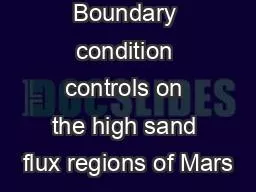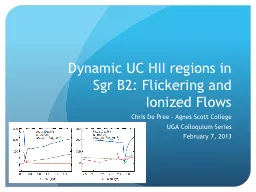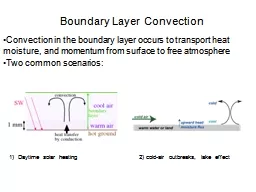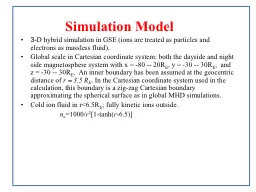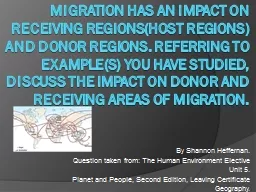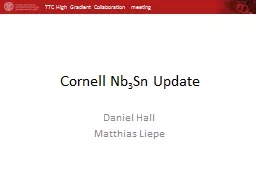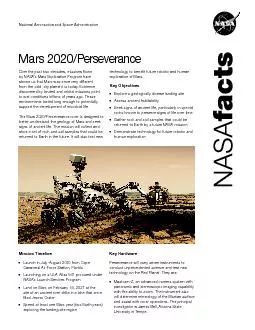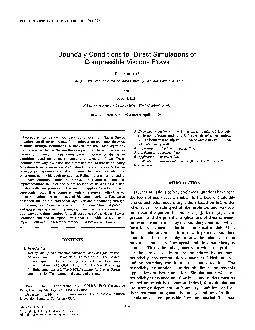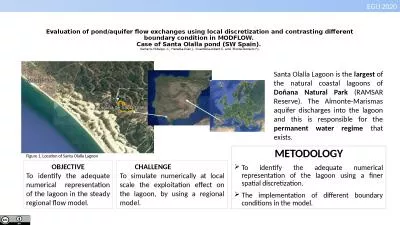PPT-Boundary condition controls on the high sand flux regions of Mars
Author : laobeast | Published Date : 2020-08-04
Published in Geology in 2019 by Matthew Chojnacki Maria Banks Lori Fenton and Anna Urso Figure 1 Map of volumetric sand flux measurements for 54 dune fields graduated
Presentation Embed Code
Download Presentation
Download Presentation The PPT/PDF document "Boundary condition controls on the high ..." is the property of its rightful owner. Permission is granted to download and print the materials on this website for personal, non-commercial use only, and to display it on your personal computer provided you do not modify the materials and that you retain all copyright notices contained in the materials. By downloading content from our website, you accept the terms of this agreement.
Boundary condition controls on the high sand flux regions of Mars: Transcript
Download Rules Of Document
"Boundary condition controls on the high sand flux regions of Mars"The content belongs to its owner. You may download and print it for personal use, without modification, and keep all copyright notices. By downloading, you agree to these terms.
Related Documents

